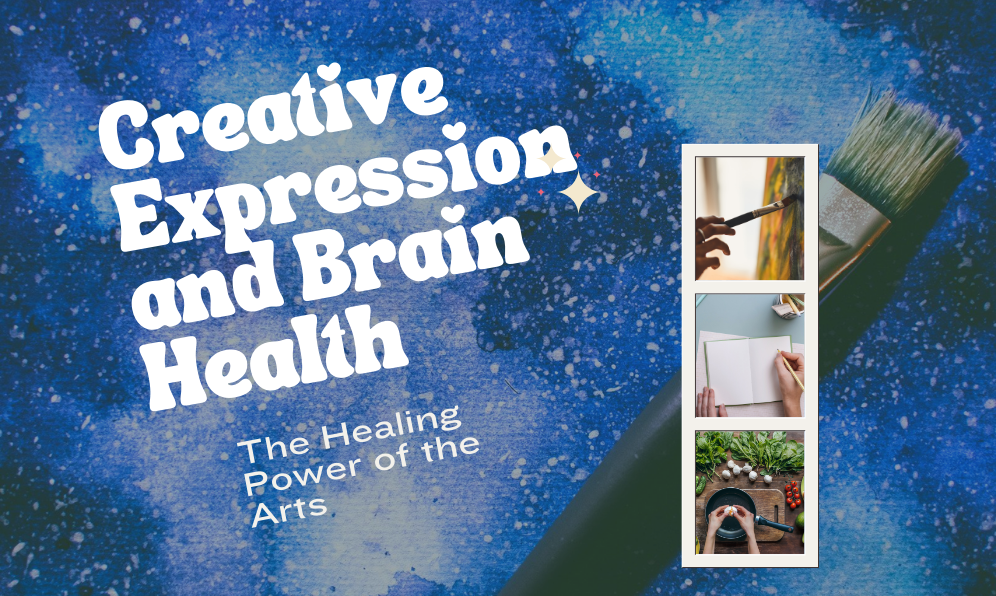Aging brings both change and opportunity — a new rhythm of life that invites us to explore meaningful ways to stay active, engaged, and joyful. Among the most rewarding tools we have is creativity.
From painting and music to journaling, dance, and even cooking, the arts offer more than self-expression. They support memory, enhance mood, spark imagination, and help us feel connected to ourselves and others.
Keeping the Mind Active Through Creativity
As we age, our brains naturally change. Focus may waver. Memory might fade. But the brain remains adaptable. Creative practices such as writing, painting, listening to music help maintain that adaptability and keep us mentally engaged.
Studies show that older adults who participate in creative activities tend to experience better memory, increased problem-solving ability, and stronger emotional well-being. Whether it’s crafting a poem or learning something new, these experiences stimulate the brain and keep it resilient.
The Impact of Art on Brain Health
Creative activities improve neural connections, those vital bridges between thoughts, feelings, and memories. The more we build those connections, the stronger our mental foundation becomes.
- Art supports fine motor skills. Painting, knitting, cooking, or playing an instrument helps improve coordination, finger strength, and daily dexterity. These activities are not only expressive but also physically beneficial.
- It boosts mood and circulation. Creating or even viewing art increases blood flow to the brain and triggers the pleasure centers that improve focus, calmness, and joy.
- It reduces stress. Art lowers cortisol (the stress hormone) and increases dopamine, helping you feel more relaxed and content.
Cooking as a Creative Outlet
Cooking, too, is a form of artistic expression. It’s not only about feeding the body, it’s a way to experiment, nourish others, and celebrate culture and memory.
Choosing ingredients, trying new recipes, or plating a simple meal with care can feel just as rewarding as painting a canvas. Cooking exercises decision-making, planning, and problem-solving skills. It stimulates the senses, including touch, taste, smell, and sight, which helps maintain brain activity.
Emotional Benefits of Creative Expression
Creativity can bring healing in ways that conversation sometimes cannot. Engaging in creative activities, such as journaling, painting with watercolors, or exploring photography, has been shown to alleviate anxiety and support emotional resilience.
- It builds self-esteem through accomplishment
- Encourages connection and belonging
- Offers a sense of purpose and joy
How to Bring More Creativity into Daily Life
You don’t need to be an expert or take a formal class. You just need curiosity and a willingness to try.
Here are a few gentle ways to welcome more creativity into your life:
- Visit an art museum or local craft fair
- Set up a small corner at home with paper, pencils, or yarn
- Cook a new recipe and plate it beautifully
- Write a letter or a short story
- Join a library writing group or book club
You’re Never Too Old to Create Something New
The arts offer something powerful. A way to keep the mind alert, the heart full, and the days meaningful. Whether you’re returning to a craft you once loved or discovering something new, your creativity has value at every stage of life.
Let your imagination wander and make room for moments of quiet joy.

